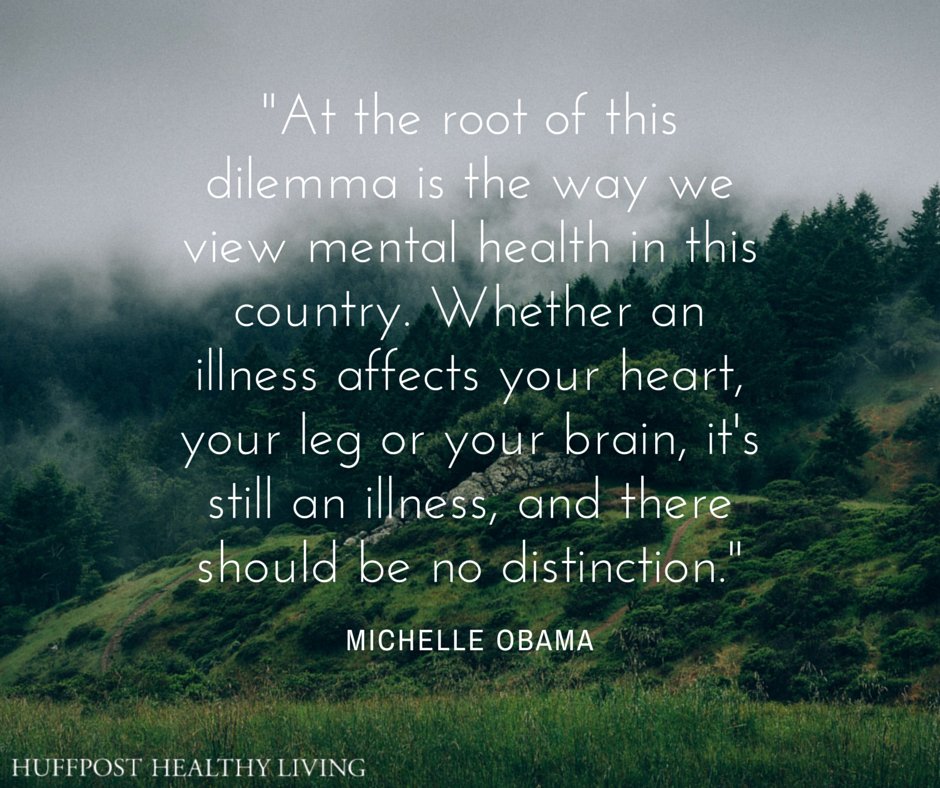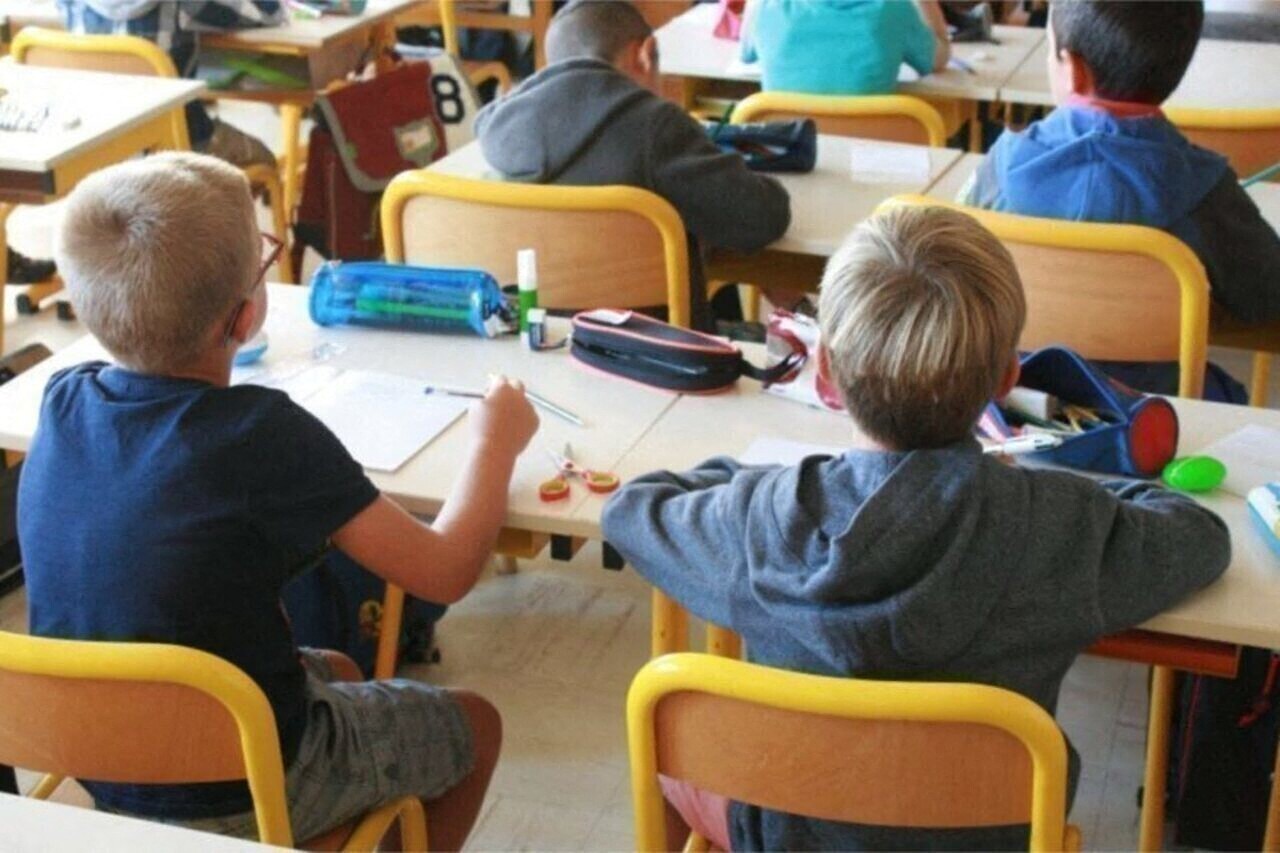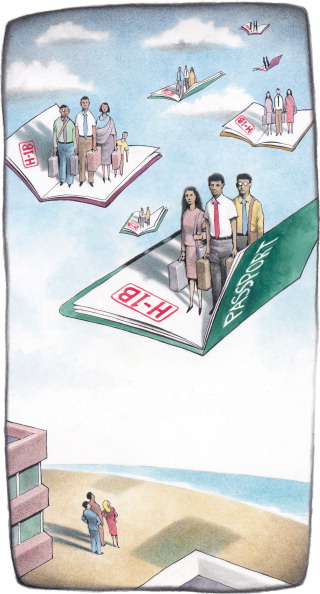The Stigma Of Mental Illness And Violent Crime: Why We Fail

Table of Contents
The Media's Role in Perpetuating the Stigma
Media portrayals significantly contribute to the inaccurate public perception of mental illness and violent crime. Sensationalized reporting often focuses on the violent act itself, overshadowing the underlying mental health condition of the individual involved. This selective reporting reinforces negative stereotypes and contributes to the widespread fear and misunderstanding surrounding mental illness.
- Overrepresentation of mentally ill individuals in crime stories: News outlets frequently highlight cases involving individuals with mental health diagnoses, creating a disproportionate association between mental illness and violence. This selective focus distorts reality.
- Focus on the violence rather than the underlying mental health condition: Instead of exploring the complexities of the individual's mental health journey and the potential contributing factors to their actions, the emphasis is often solely on the violent act. This lacks crucial context and reinforces harmful stereotypes.
- Lack of nuanced reporting on mental health treatment and its effectiveness: Media often fails to accurately portray the effectiveness of mental health treatment and the crucial role it plays in preventing violence. This absence of positive narratives perpetuates the misconception that mental illness inevitably leads to violent behavior. Balanced reporting that includes success stories of treatment and recovery is vital to counter this negative bias.
The Impact of Societal Misconceptions and Lack of Education
Widespread misconceptions about mental illness fuel fear, prejudice, and discrimination. Many individuals lack even a basic understanding of mental health conditions, leading to stigmatization and the perpetuation of harmful myths. This lack of mental health literacy hinders progress in challenging negative stereotypes and fostering empathy.
- Common myths about mental illness and violence: Beliefs like "all people with mental illness are violent" or "mental illness is a personal weakness" are commonly held and profoundly damaging. These myths prevent individuals from seeking help and reinforce social isolation.
- The importance of mental health literacy in challenging stereotypes: Education is key. Increasing public awareness about mental health conditions, their symptoms, and effective treatments can help dismantle harmful stereotypes.
- The role of schools and community programs in promoting education: Schools and community organizations play a critical role in educating young people and adults about mental health. Implementing comprehensive mental health education programs can significantly contribute to changing attitudes and reducing stigma.
Systemic Failures in Mental Healthcare Access and Treatment
Barriers to accessing mental healthcare are significant and contribute to the problem. These barriers include the high cost of treatment, limited availability of services, particularly in underserved communities, and the persistent stigma that prevents many from seeking help. Inadequate treatment can lead to unmanaged mental health conditions, increasing the risk of self-harm, but it is crucial to emphasize that this is rare. The vast majority of individuals with mental illness are not violent.
- Lack of affordable and accessible mental healthcare services: Many individuals, especially those from low-income backgrounds, lack access to affordable and readily available mental healthcare services.
- Long waiting lists for treatment: Long waiting lists for therapy, medication, and other vital mental health services further exacerbate the issue and delay critical treatment.
- The shortage of mental health professionals: A significant shortage of mental health professionals, particularly in rural and underserved areas, contributes to limited access to care.
The Importance of Early Intervention and Comprehensive Support
Early intervention is crucial in preventing the escalation of mental health issues and promoting positive outcomes. Identifying and addressing mental health concerns early can significantly reduce the risk of future problems, including self-harm and harm to others (again, emphasizing the rarity of this outcome). A holistic approach that considers the social determinants of health is essential for successful intervention.
- Benefits of early identification and intervention: Early intervention can help prevent mental health conditions from worsening and reduce the long-term impact on individuals' lives.
- Importance of integrated care models: Integrated care models that combine mental health services with other healthcare services are crucial for providing comprehensive support.
- Role of community support systems: Strong community support systems, including peer support groups and family support programs, play a vital role in providing ongoing support and reducing social isolation.
Addressing the Failure to Understand the Stigma of Mental Illness and Violent Crime
In conclusion, the failure to understand the relationship between mental illness and violent crime stems from a confluence of factors: the media's role in perpetuating negative stereotypes, widespread societal misconceptions, systemic failures in mental healthcare access and treatment, and the lack of emphasis on early intervention. While it's crucial to acknowledge that a correlation between mental illness and violence is sometimes wrongly assumed, it's equally important to understand the complexity of this relationship and the rarity of violent acts stemming from untreated mental illness. To break the stigma of mental illness, we must improve mental healthcare access and fight misconceptions surrounding mental illness and violent crime. Let's challenge stereotypes, advocate for improved mental healthcare, and support initiatives promoting mental health literacy and understanding. Together, we can be part of the solution, creating a more informed, compassionate, and supportive society for all.

Featured Posts
-
 Lake Charles Easter Weekend A Roundup Of Live Music And Events
May 10, 2025
Lake Charles Easter Weekend A Roundup Of Live Music And Events
May 10, 2025 -
 Debut D Incendie A La Mediatheque Champollion A Dijon
May 10, 2025
Debut D Incendie A La Mediatheque Champollion A Dijon
May 10, 2025 -
 Strategies For Identifying A Real Safe Bet In Todays Market
May 10, 2025
Strategies For Identifying A Real Safe Bet In Todays Market
May 10, 2025 -
 Uk Visa Crackdown Increased Scrutiny For Nigerian And Other Nationals
May 10, 2025
Uk Visa Crackdown Increased Scrutiny For Nigerian And Other Nationals
May 10, 2025 -
 Thailands Search For A New Bot Governor Economic Uncertainty Ahead
May 10, 2025
Thailands Search For A New Bot Governor Economic Uncertainty Ahead
May 10, 2025
